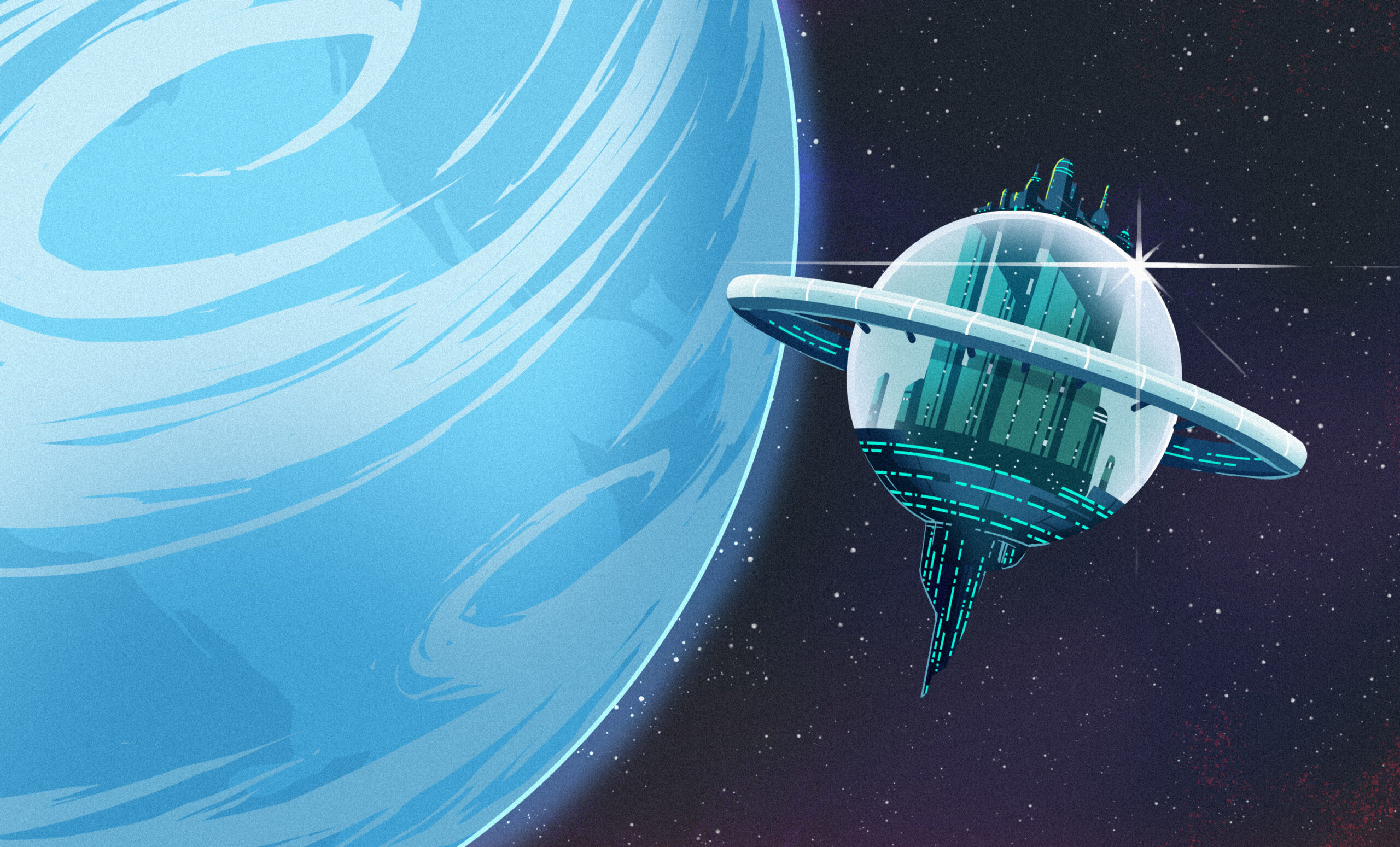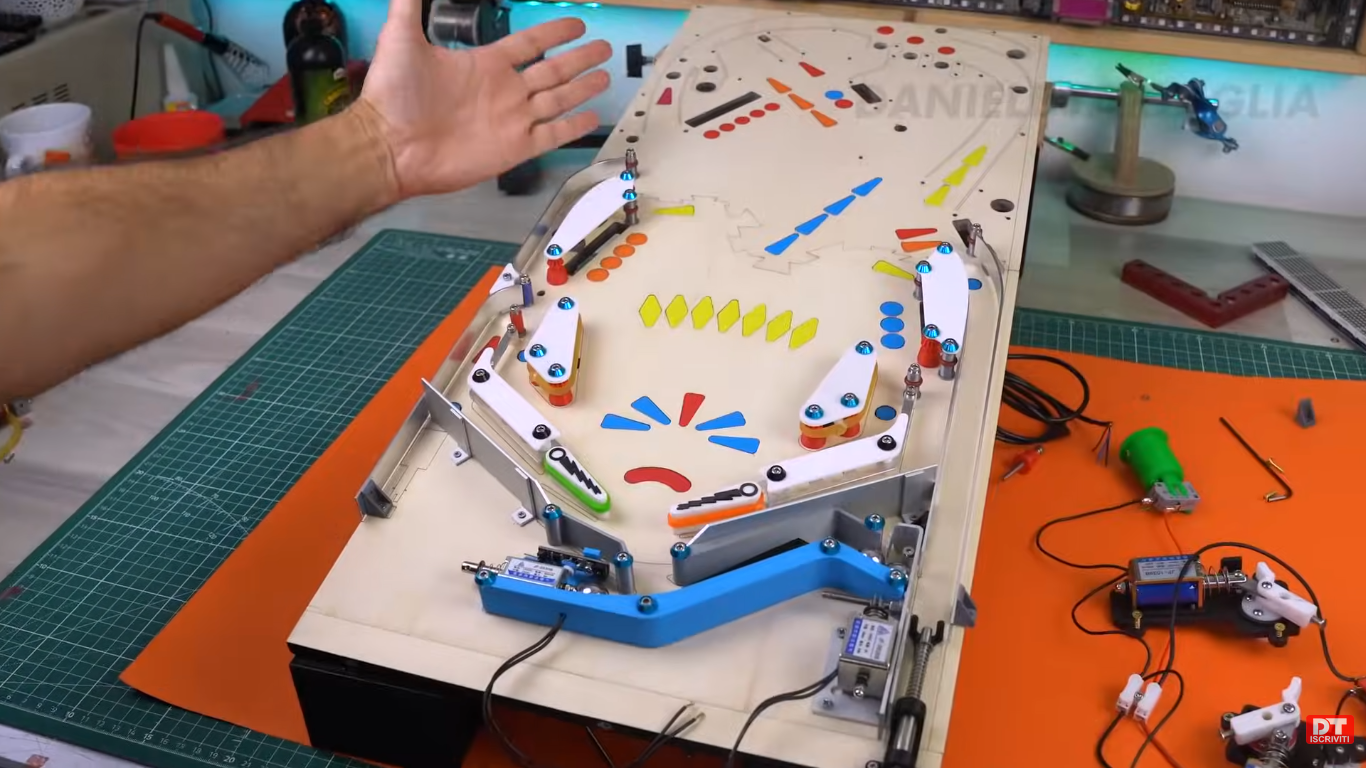Could Space Radiation Mutate Seeds For The Benefit Of Humanity?
Humans have forever been using all manner of techniques to better secure the food we need to sustain our lives. The practice of agriculture is intimately tied to the development of society, while techniques like selective breeding and animal husbandry have seen our plants and livestock deliver greater and more nourishing bounty as the millennia have gone by. More recently, more direct tools of genetic engineering have risen to prominence, further allowing us to tinker with our crops to make them do more of what we want.
Recently, however, scientists have been pursuing a bold new technique. Researchers have explored using radiation from space to potentially create greater crops to feed more of us than ever.
“Cosmic Crops”
Most recently, an effort at “space mutagenesis” has been spearheaded by the International Atomic Energy Agency, a body which has been rather more notable for other works of late. In partnership with the UN’s Food and Agriculture Organization (FAO), it has been examining the effects that the space-based environment might have on seeds. Ideally, these effects would be positive, producing hardier crops with greater yields for the benefit of humanity.
The concept is simple enough—put a bunch of seeds on the International Space Station (ISS), and see what happens. Specifically, researchers placed half the seeds outside the ISS, where they would be exposed to extreme cold and maximum doses of cosmic radiation. The other half were left inside the station as a control, where they would experience microgravity but otherwise be safe from temperature and radiation extremes. The hope was that the radiation may cause some random but beneficial mutations in the seed’s genetics which provide better crops for use on Earth.
Two types of seeds were sent up for the first trial by the IAEA and UN—sorghum, a nutrient-filled cereal grain, and arabidopsis, a fast-growing cress. After their flight on the ISS, they were returned to Earth to be germinated, grown, and examined for desirable traits. Of course, DNA sequencing was also on the table, to compare mutations generated in space with seeds kept inside the ISS and those irradiated under laboratory conditions.
The only thing missing from the IAEA’s experiment? A research paper. The seeds returned from space in April 2023, and were sent to the Plant Breeding and Genetics Laboratory in Seibersdorf, Austria soon after. We’ve seen pictures of the plants that sprouted from the seeds in space, but researchers are yet to publish full results or findings from the project.
Proven Benefits
It might sound like an oddball idea, particularly given the results from the IAEA’s project are yet to be delivered. However, space mutagenesis has been tried and tested to a greater degree than you might think. Chinese scientists have been experimenting with the technique of space mutagenesis for over 30 years, finding that it often delivers more beneficial mutations compared to using gamma rays in terrestrial labs.
Chinese efforts have seen many thousands of seeds irradiated via satellites and space stations, including a trip around the moon on the Chang’e-5 mission. Having been exposed to space radiation for anywhere from days to months, the seeds have returned to Earth and been planted and examined for beneficial mutations. While not every seed comes back better than before, some show rare mutations that offer breakthrough benefits in yield, drought resistance, fruit size, or temperature hardiness. These crops can then be bred further to refine the gains. Chinese efforts have experimented with everything from cotton to tomatoes, watermelons and corn, beyond others. A particular success story was Yujiao 1 – a sweet pepper variety released in 1990 boasting better fruit and resistance to disease, along with 16.4% higher yield than some comparable varieties.
The results of space mutagenesis are tracked very carefully, both by researchers involved and wider authorities. Notably, the IAEA maintains a Mutant Variety Database for plants that have been modified either by space-based radiation or a variety of other physical or chemical methods. This is important, and not only for reaping the benefits from mutagenic organisms. It’s also important to help researchers understand the mechanisms involved, and to help make sure that the risk of any negative traits breaking out into broader wild plant populations are mitigated.
Ultimately, space mutagenesis is just another tool in the toolbox for scientists looking to improve crops. It’s far from cheap to send seeds to space, let alone to do the research to weed out those with beneficial mutations from the rest. Still, the benefits on offer can be huge when scaled to the size of modern agriculture, so the work will go on regardless. It’s just another way to get more, something humans can never quite get enough of.




Post Comment